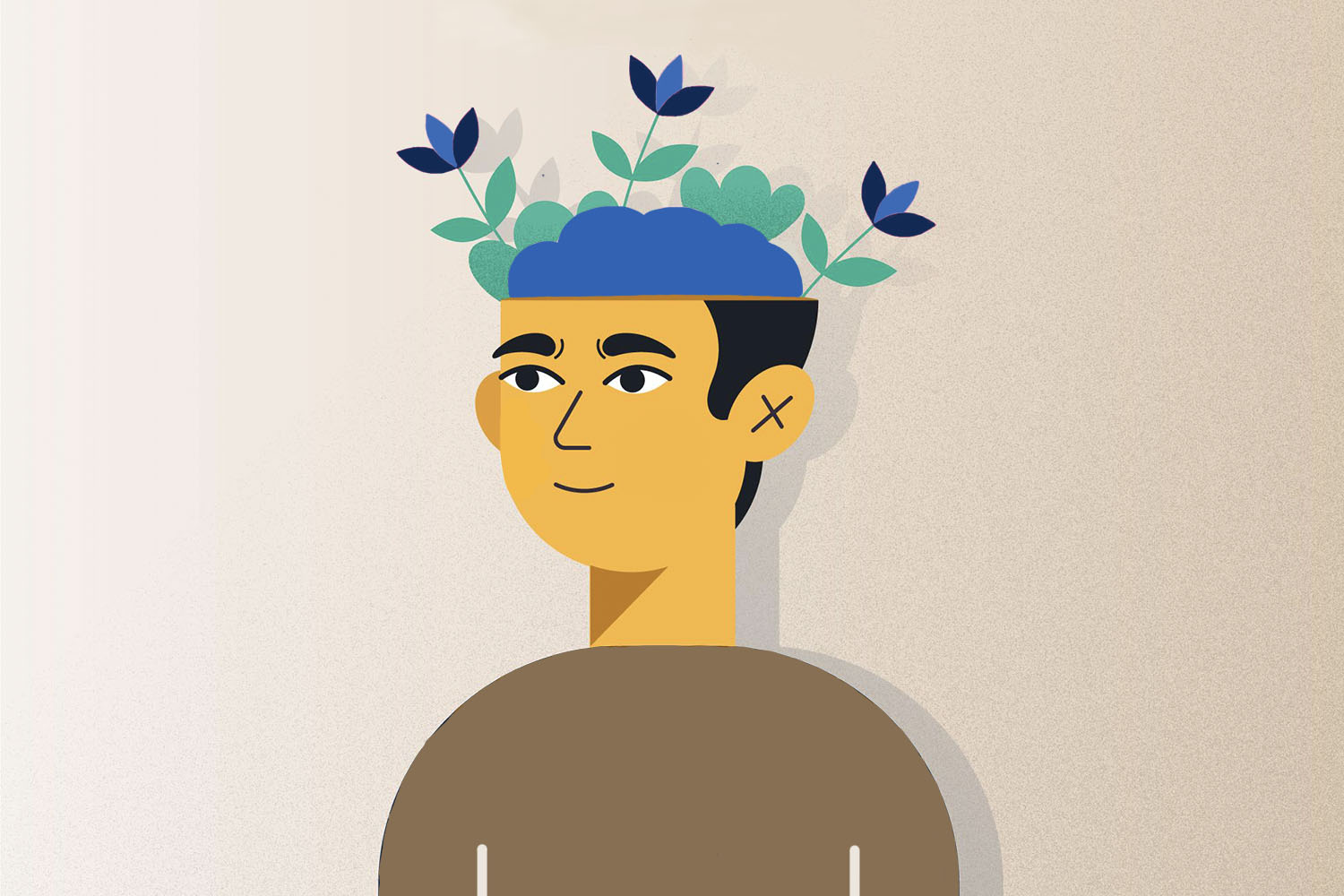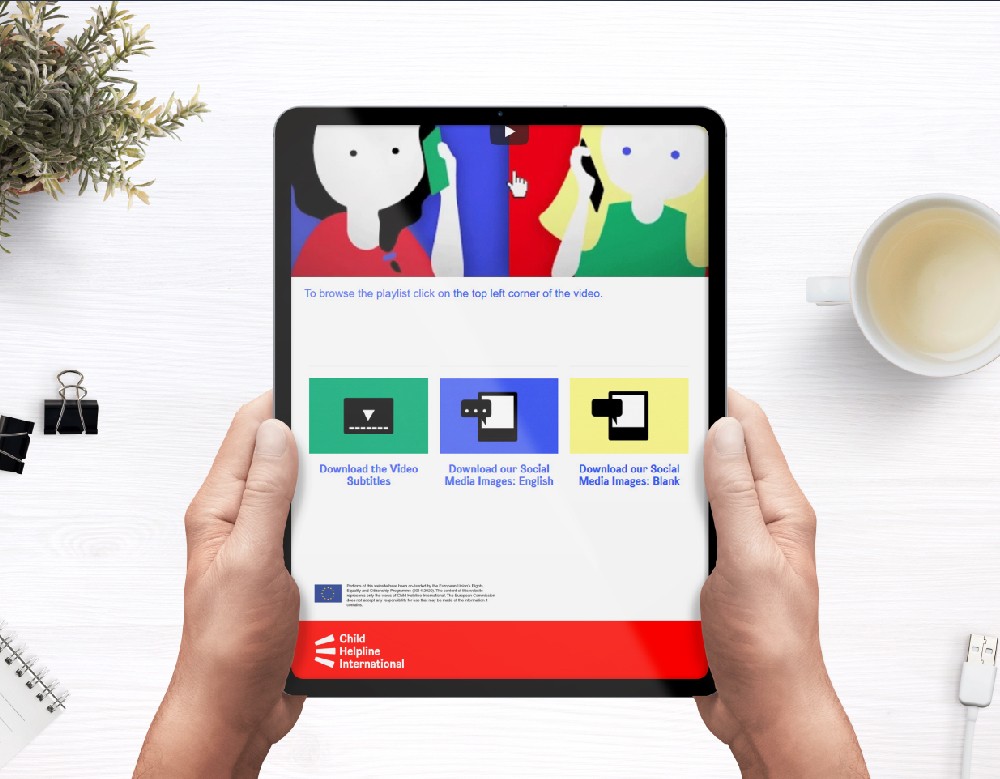Digitalisation Supports Children During The Pandemic
Digital resources and services can prevent domestic abuse and create safe spaces for children who face an increased risk of anxiety and stress during the pandemic.
We tend to overlook the challenges children face in their daily lives. Especially during pandemic, the socially isolated environment has brought about specific obstacles for children. At Bumbuku Creatives, we have been contemplating how digital storytelling and digitalisation of information can help children at this time.

The pandemic has led to school closures impacting over 1.5 billion children globally. Major instigators like movement restrictions, loss of income, and high levels of stress and anxiety among family members have led to an increased risk of mental health issues for children, especially caused by domestic abuse.
Usually when children face these problems, they are able to reach for support outside their homes in places like schools. In isolation, they have lost access to their support networks. Their friends, school teachers and counsellors, social workers, and safe spaces where they feel comfortable enough to share experiences and seek help, are unavailable. This can cause pressing mental health and development issues.
Changes in digital developments for children’s well-being
For the past months, we have been joining webinars about the pandemic’s impact on children. ‘Child Helplines and the Protection of Children during COVID-19’, organised by the Alliance for Child Protection in Humanitarian Action is one of them. In the webinar, we realised it is time to double down on content for reaching children, families, and communities that need our help.
Another webinar we participated in, as a member of Catalyst 2030: Collaborating to achieve SDGs, was the ‘Roundtable on Mental Health’. We discussed how civil society can contribute to the UN’s call to action for children’s mental health during the pandemic. All participants, including organisations like The Smile of a Child, The Alliance, UNICEF, and Child Helpline International, recognised the need for something new when it comes to supporting the youth and children.

We explored ways to increase useful resources online, available for both children and organisations protecting them. Alongside child helplines, other tools can also be functional – online videos of raising awareness on the importance of mental health; sharing personal stories of those children who have experienced abuse and/or anxiety, and have sought help; and training resources for professionals like social workers.
Moreover, the type of resources available online need to adapt to changing circumstances too. For example, development of short trainings for children which help them recognise abuse and stress, and guide them on coping mechanisms such as Cognitive Behavioural Therapy (CBT). More interactive and educational concepts can also be useful, such as online games with characters for mindfulness and stress management.
Benefits of digital resources to strengthen support for children
Once digital resources are designed to create child-centric outcomes, they can play a significant role in helping children. The use of personal computers, ease of the Internet, and now confinement during the pandemic has proliferated online-mediated communication. Although during this time there is a rise in online harms such as cyberbullying and exploitation, the digital medium is nevertheless an increasingly prominent source for information and learning.

Some of the benefits include:
- Since so many children tend to spend relatively more time online during the pandemic, online information can reach them more easily than face-to-face,
- The online spaces can create feelings of safety, even if virtually, for children who lack safe environments at home,
- Due to remote work, those advocating for child protection can expand their network and find similar professionals and organisations to work together,
- These advocates can more easily share digital resources amongst one another to increase the quality of their own campaigns.
CASE STUDY: Child Helpline International’s digital campaign
One of the webinar’s participants was Child Helpline International (CHI). It is an international collective organisation that brings together 173 child helplines across 142 countries to advance the common agenda of strengthening child protection systems. It creates and advocates a support network for children who experience different forms of violence and abuse. The network is made up of governments, child protection services, helplines, schools, and telecom companies.
CHI ran a campaign in 2014 called ‘Free Our Voices’. They found data from 2004-2014 that one in two child helplines globally go answered due to a lack of resources. So, CHI ran this campaign to put an end to the problem and “ensure no child is left unheard”. They tried not only to improve access for children to helplines, but make calls toll-free; foster partnerships between helplines, telecom companies, and the Information and Communications Technology (ICT) sector; and inform children about their rights to be heard.
The campaign was very successful, and in order to communicate its achievements and create a source for advocacy and campaigns by helplines, we created a ‘Multimedia Toolkit’ for CHI. It includes a set of digital tools, guidelines, and skills that CHI’s network of 173 child helplines across the world can use.

The toolkit is multi-purpose in that it consists of videos, images including infographics, printable materials like stickers, and sample texts for web and social media use. Together, these help provide practical advice to child protection actors and services on how to support children who experience anxiety and abuse. Its overarching aim was to build partnerships, and for helplines to use it in their own campaigns and advocacy for children’s rights.
The right content at the right time
If a thoughtful and planned approach to using technology is adopted, digital resources and services can help provide safe spaces for children. We believe as a social impact organisation, you have a significant amount of information and data on your website to share with children, experts, or any target audience.
Now is the time to utilise the benefits of digitalisation by visualising your information. This will help expand your network and reach those who are confined in their homes in need for guidance to cope with challenging situations.
To find inspiration on how to use digital resources for your campaign, learn more about Child Helpline International’s Multimedia Toolkit.
